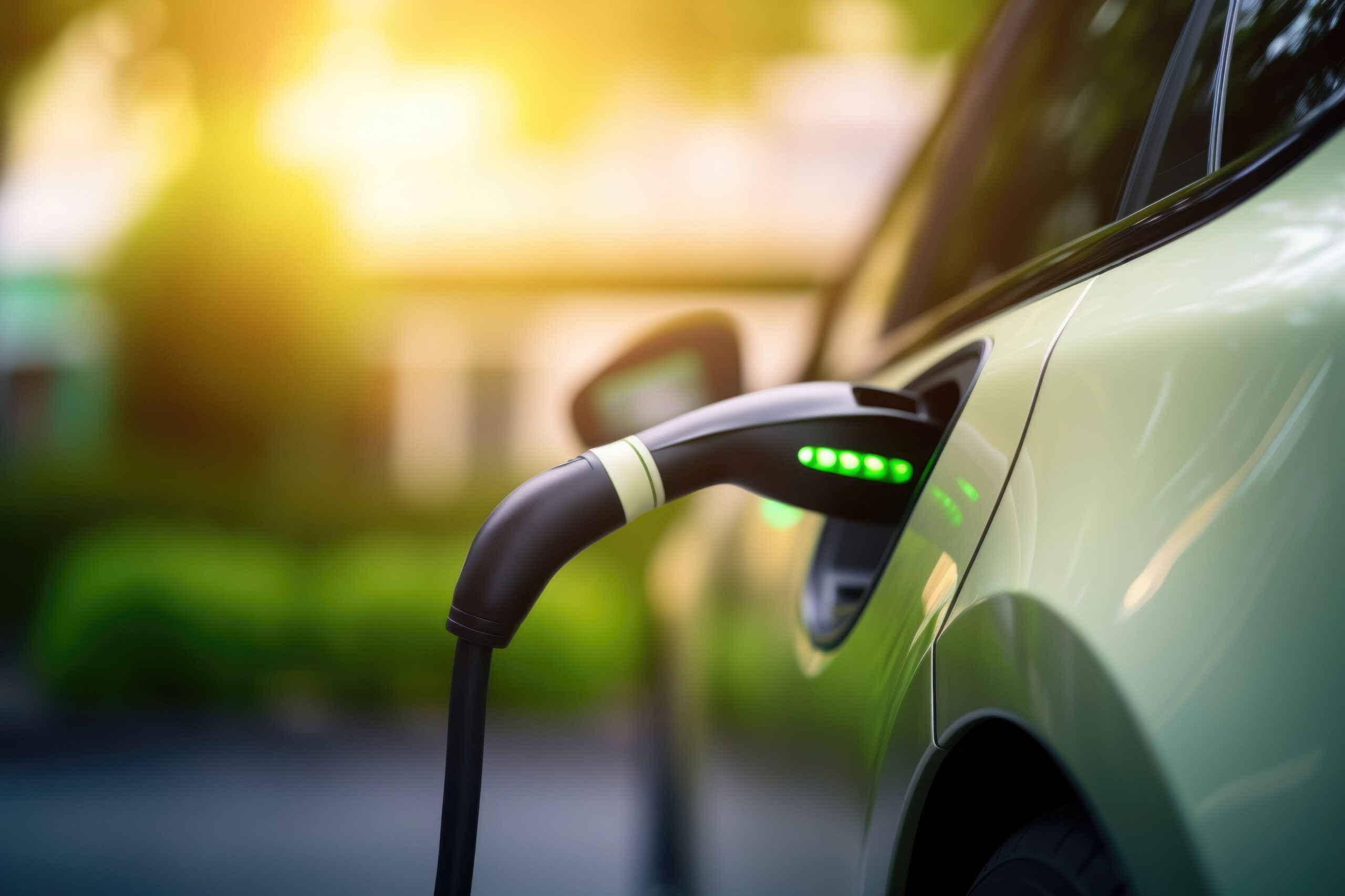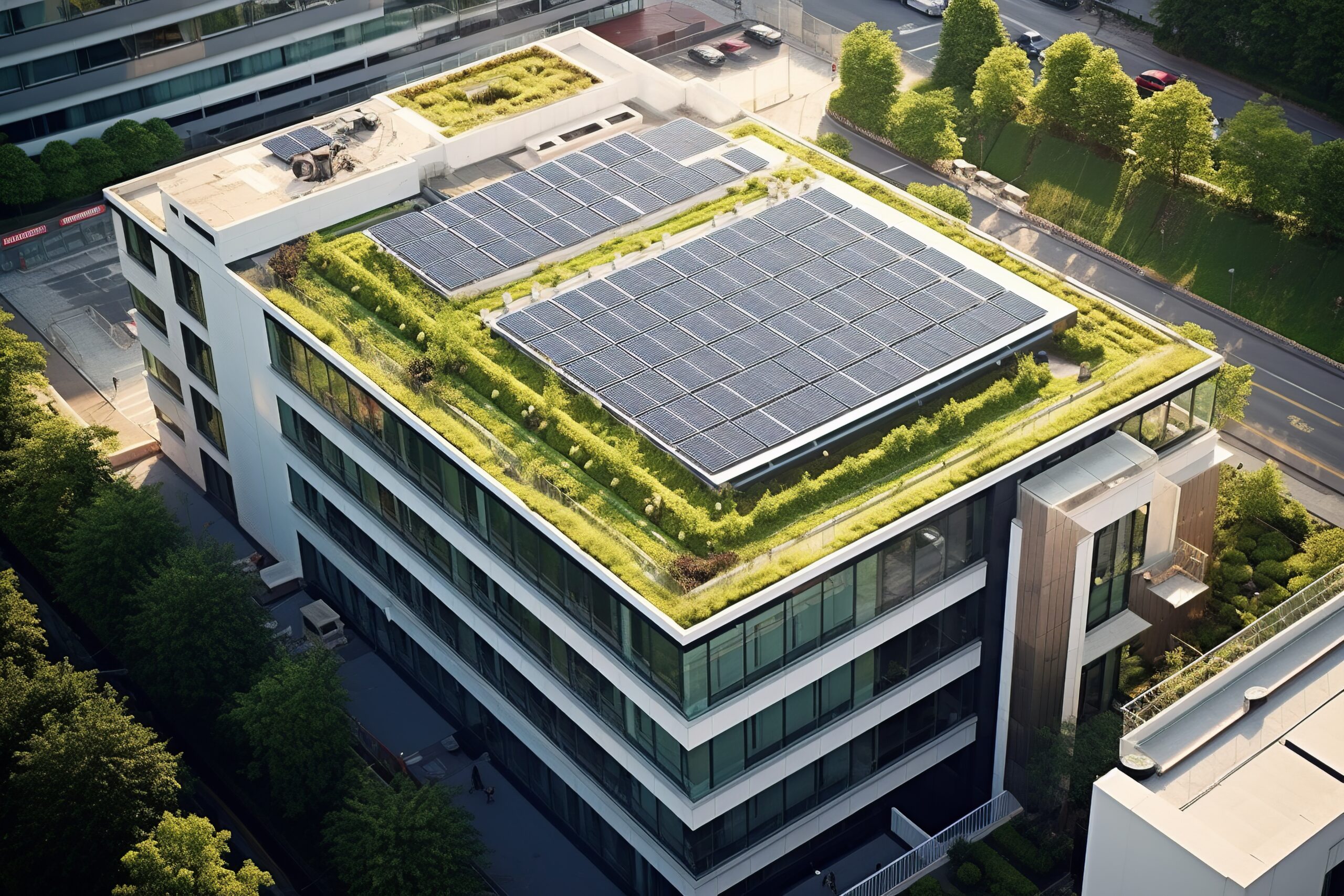
Biomass and geothermal energy: drivers for the energy transition?
Like many countries, France is committed to achieving carbon neutrality by 2050, in line with the Paris Agreement on climate change objectives, to combat global warming. In this regard, the French government intends to pursue an ambitious national low-carbon[1] strategy, which is mainly based on actions to foster energy efficiency: halving final consumption (from 1,600 TWh to 900 TWh), increasing the use of renewable energies and increasing the use of carbon-free electricity in the French energy mix (from 25% to 50% of final energy needs by 2050).
The production of biomass-based energy and geothermal energy could increase from 200 TWh (terawatt-hour) to 430 TWh by 2050 in France[2]. Derived from the heat generated by the combustion of biomass materials or from the natural heat of the earth, they are an ideal alternative for accelerating the energy transition and meeting its challenges.
Promising alternatives for insular areas
Certain energy sources remain underused in France, despite a growing demand. These include biomass – the “blind spot of the energy transition”, according to Jean-François Moreau[3], an engineer specializing in the energy transition and energy efficiency in buildings –, which could be a key asset for gradually moving away from fossil fuels.
Defined by the French Energy Code[4] as the biodegradable fraction of products, waste and residues from agriculture (including plant and animal substances) obtained by dry (combustion, gasification or pyrolysis) or wet (methanization) methods, it is a particularly powerful tool for island territories, which are heavily dependent on fossil fuel imports. Reunion, Martinique and Guadeloupe, which rely mainly on carbon fuels to produce electricity, could therefore accelerate their energy transition. In addition to intermittent renewable energies (wind and solar power), the installation of liquid biomass plants (vegetable oils, bio-alcohols) would allow communities to enjoy cleaner energy, which would also improve air quality. Réunion intends to leverage this potential by converting several oil and coal-fired power stations to achieve an electricity consumption free of fossil fuel inflows on its territory[5]. For example, it has already committed to converting one of its oil and coal-fired power plants to liquid biomass by 2023.
Reduce financial and environmental costs
Regarding geothermal energy, the installation of the closed-loop technology (a continuous system of heat transfer through buried or submerged plastic pipes) can be a financial barrier due to the drilling required. Nonetheless, there is also a geothermal system that is two to five times cheaper than traditional systems, and just as efficient: standing column wells (SCW). These heat exchangers use groundwater drawn from a depth of up to 500 meters to heat and cool buildings. This is a promising solution that can reduce energy bills by nearly a third compared to a conventional mechanical system.
With this in mind, Polytechnique Montréal, Université de Montréal, Hydro-Québec, Natural Resources Canada’s CanmetENERGY research center and other partners launched the Alliance project to accelerate the deployment of SCWs in Quebec schools[6]. In addition to shortening the construction schedule and therefore reducing construction costs (as SCWs only require a few deep wells to be drilled, versus ten or so wells for traditional systems), this process will help to enhance the energy efficiency of infrastructures. This will enable the country to reduce its dependence on fossil fuels.
Joining forces for energy efficiency
Some companies are already focusing on combining different renewable energies to multiply the energy potential and foster the green transition of communities. For example, a project to convert a former iron ore mine into a “green” district heating network[7] was recently launched in Lorraine (France). This innovative power plant project combines geothermal energy and biomass with the aim of reducing the annual gas consumption of the municipality of Fontoy (Moselle) by 348 MWh (the annual gas consumption of a school).
In addition to being an excellent source of energy, the district heating network utilizes local resources. The flood water (i.e. water from an overlying aquifer that is used to fill the mine reservoir), pumped from a depth of 40 meters at a temperature of 12 degrees Celsius, will be used by a heat pump to supply the low and very low temperature networks. At the same time, a biomass boiler fueled by wood from local producers will be mobilized to provide heating for the municipality.
Utilizing the heat naturally stored underground in our planet[8] could therefore represent an additional tool to accelerate the energy transition.
[1] https://www.ecologie.gouv.fr/sites/default/files/SNBC-2%20synthe%CC%80se%20VF.pdf
[2] https://assets.rte-france.com/prod/public/2021-01/RTE-AIE_synthese%20ENR%20horizon%202050_FR.pdf
[3] https://www.lesechos.fr/idees-debats/cercle/opinion-la-biomasse-angle-mort-de-la-transition-energetique-1304779
[4] https://www.legifrance.gouv.fr/codes/article_lc/LEGIARTI000023986186/
[5] https://www.lemondedelenergie.com/la-reunion-revolution-verte-biomasse/2021/02/11/
[6] https://www.ledevoir.com/societe/environnement/599239/geothermie-l-union-fait-la-force
[7] https://www.vinci-energies.com/notre-actualite/actualites/energies-renouvelables-geothermie-et-biomasse-combinees-pour-un-reseau-de-chaleur-innovant/
[8] https://www.consoglobe.com/geothermie-avantages-inconvenients-cg/2

